Cats have been a part of human life for thousands of years, with meticulous records hinting at the establishment of a mutual relationship between humans and felines around 9,000 years ago. The domestication process began when humans started agriculture, which attracted rodents, and in turn, the wildcats that preyed upon them. These cats were the precursors to the domestic breeds we know today.
The Beginnings of Selective Breeding
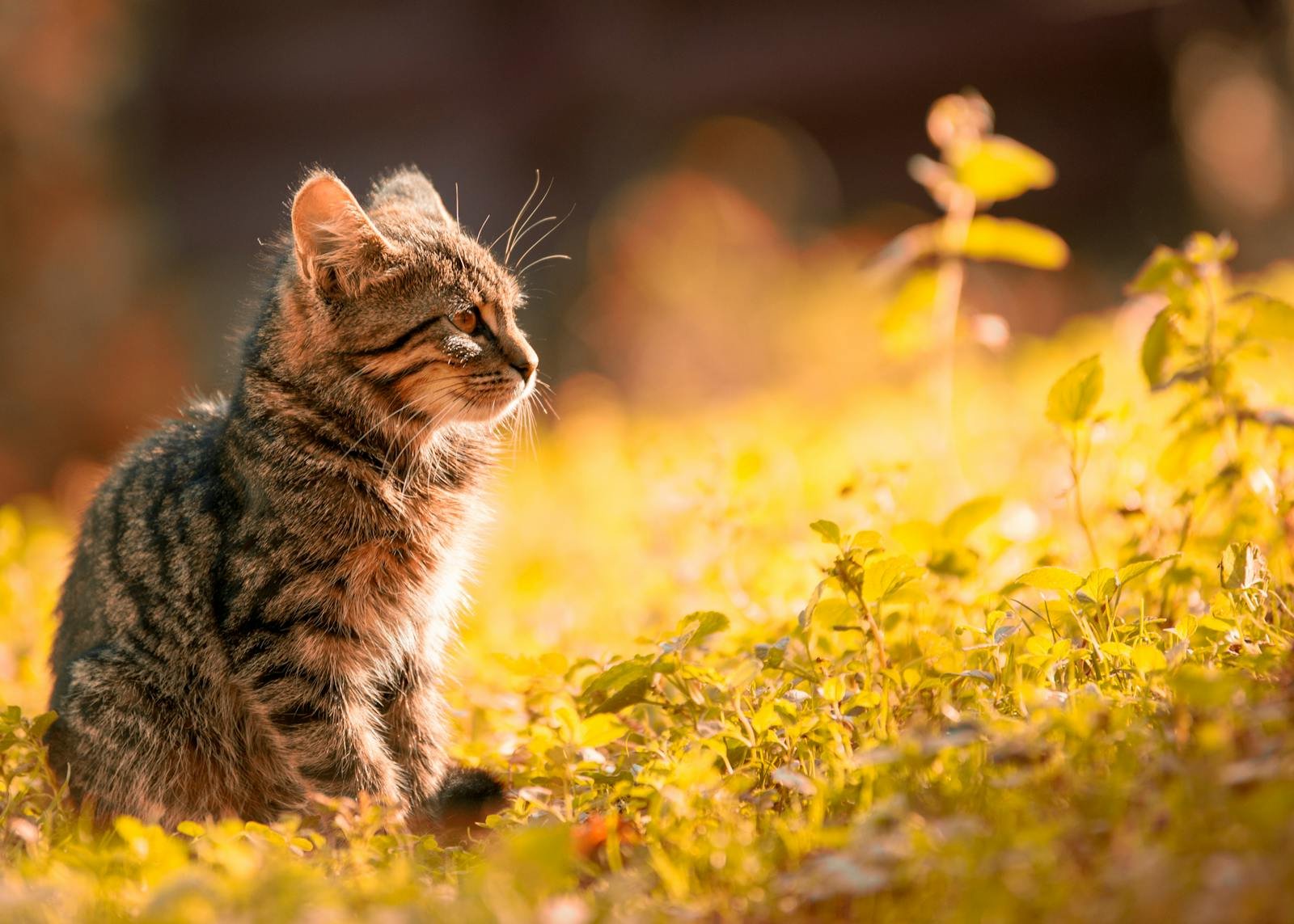
Selective breeding of cats is a relatively modern phenomenon, beginning primarily in the 19th century. Before this period, cats were primarily bred naturally, with human selection focusing mainly on traits useful for hunting vermin. With the advent of cat shows in Victorian England, breeders began to selectively mate cats to emphasize desired physical traits and temperaments.
The Persian: Elegance Through Selective Breeding

One of the earliest examples of selective breeding is the Persian cat, known for its long, luxurious coat and calm demeanor. Originating in the Middle East, this breed was refined in the 1800s to enhance its distinctive appearance. Persian cats were selectively bred for their round faces and flattened noses, characteristics that define the breed today.
The Siamese: From Royalty to Popularity
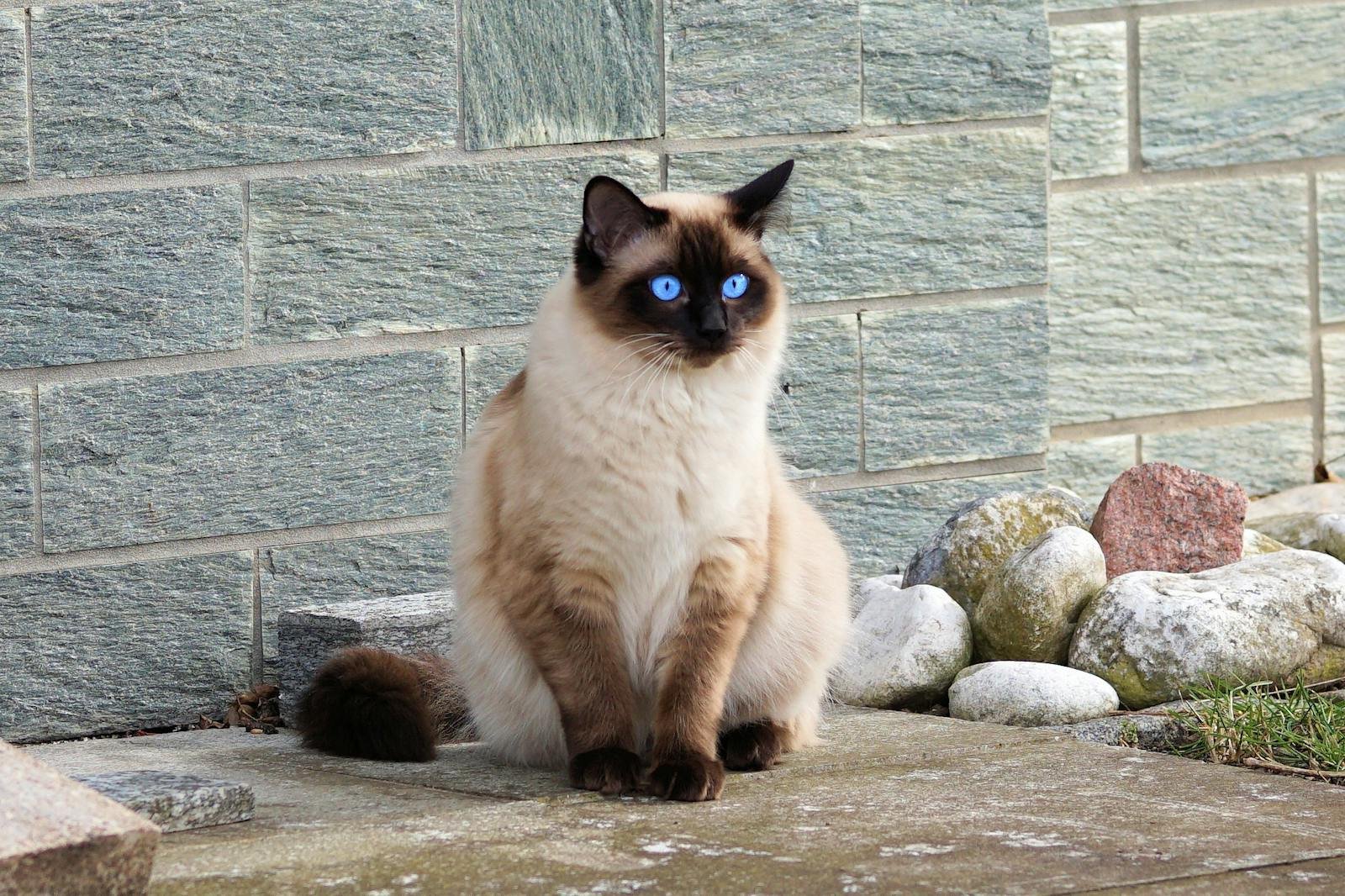
The Siamese cat is an ancient breed that was refined through selective breeding for its sleek, slender body and striking blue eyes. Originating from Thailand (formerly Siam), the Siamese was once a favored pet in the Thai royal court. Western breeders focused on enhancing its distinctive color points, adding elegance to its distinct vocal nature.
Maine Coon: America’s Natural Breed
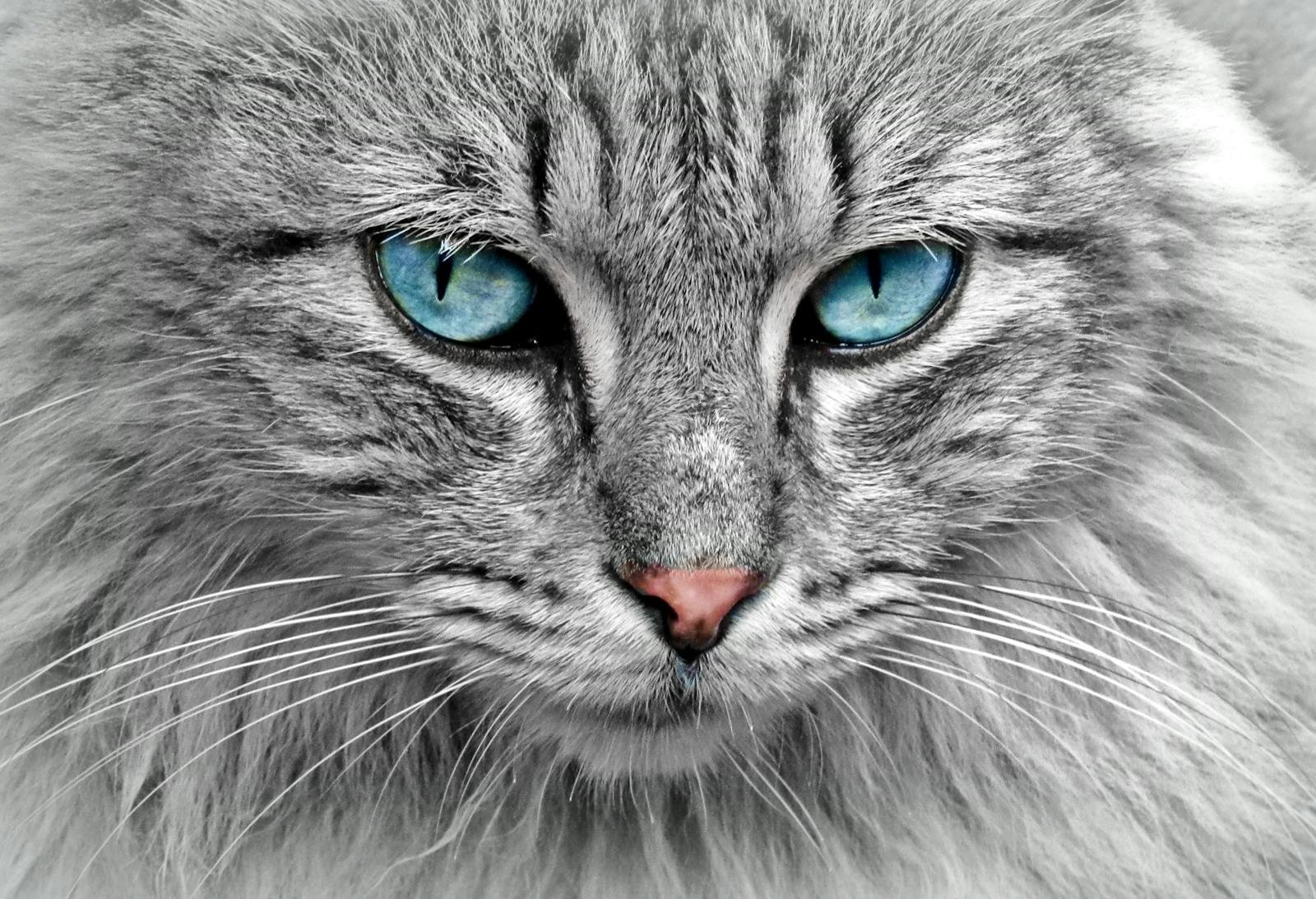
The Maine Coon is an example of a naturally occurring breed that was later refined through selective breeding. Originally from the northeastern United States, these cats were appreciated for their hunting skills and hearty coat. Through selective breeding, characteristics like their tufted ears, bushy tails, and affable personalities were emphasized, making them popular worldwide.
Sphynx: The Result of Hairless Genetic Mutation
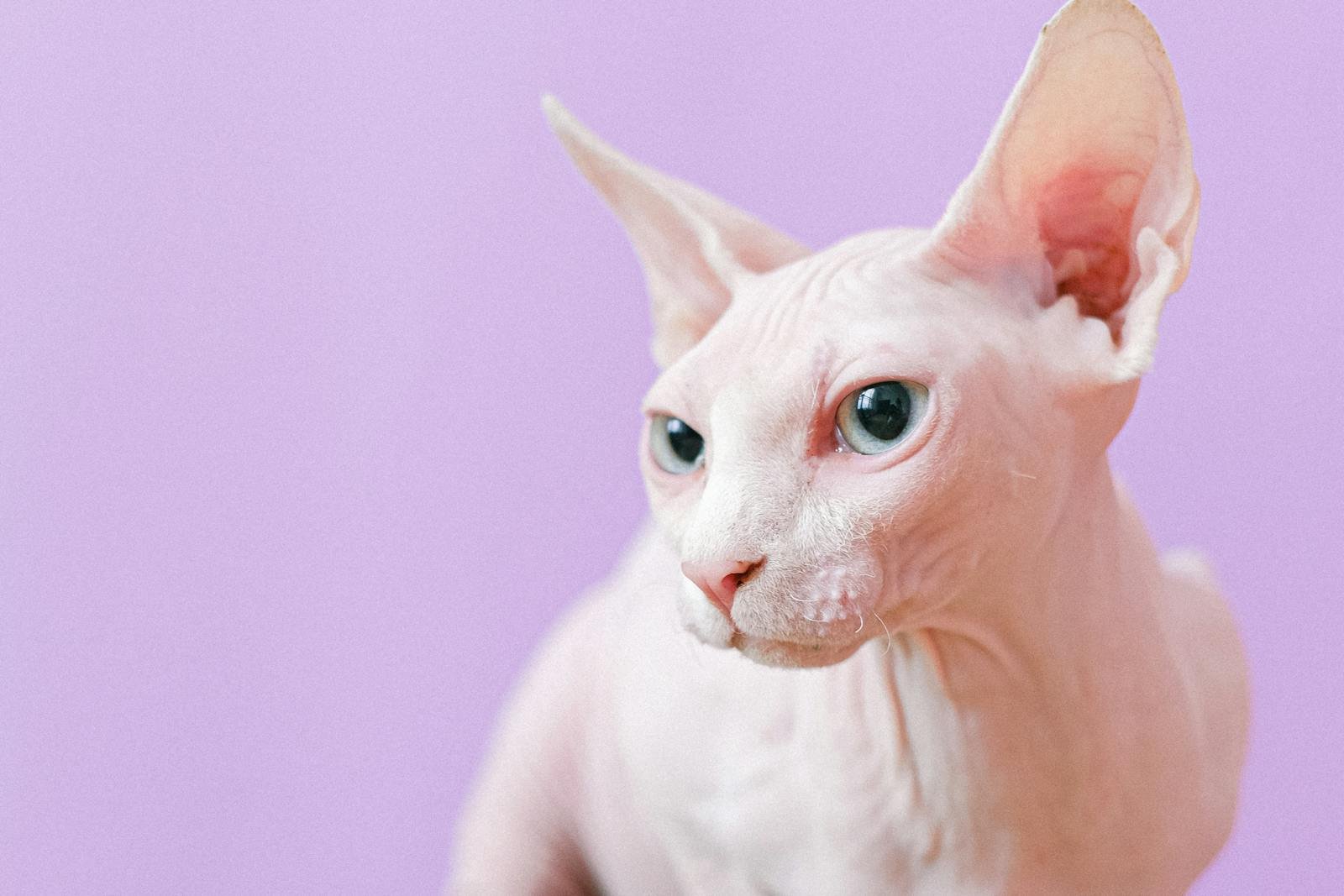
The Sphynx cat is a breed known for its lack of a fur coat, a result of a natural genetic mutation. Intentional breeding of the Sphynx began in the 1970s to perpetuate this hairless trait. Despite their lack of fur, Sphynxes are warm and affectionate, making them popular pets for those prone to allergies.
Ragdoll: A Gentle Giant with a Soft Temperament
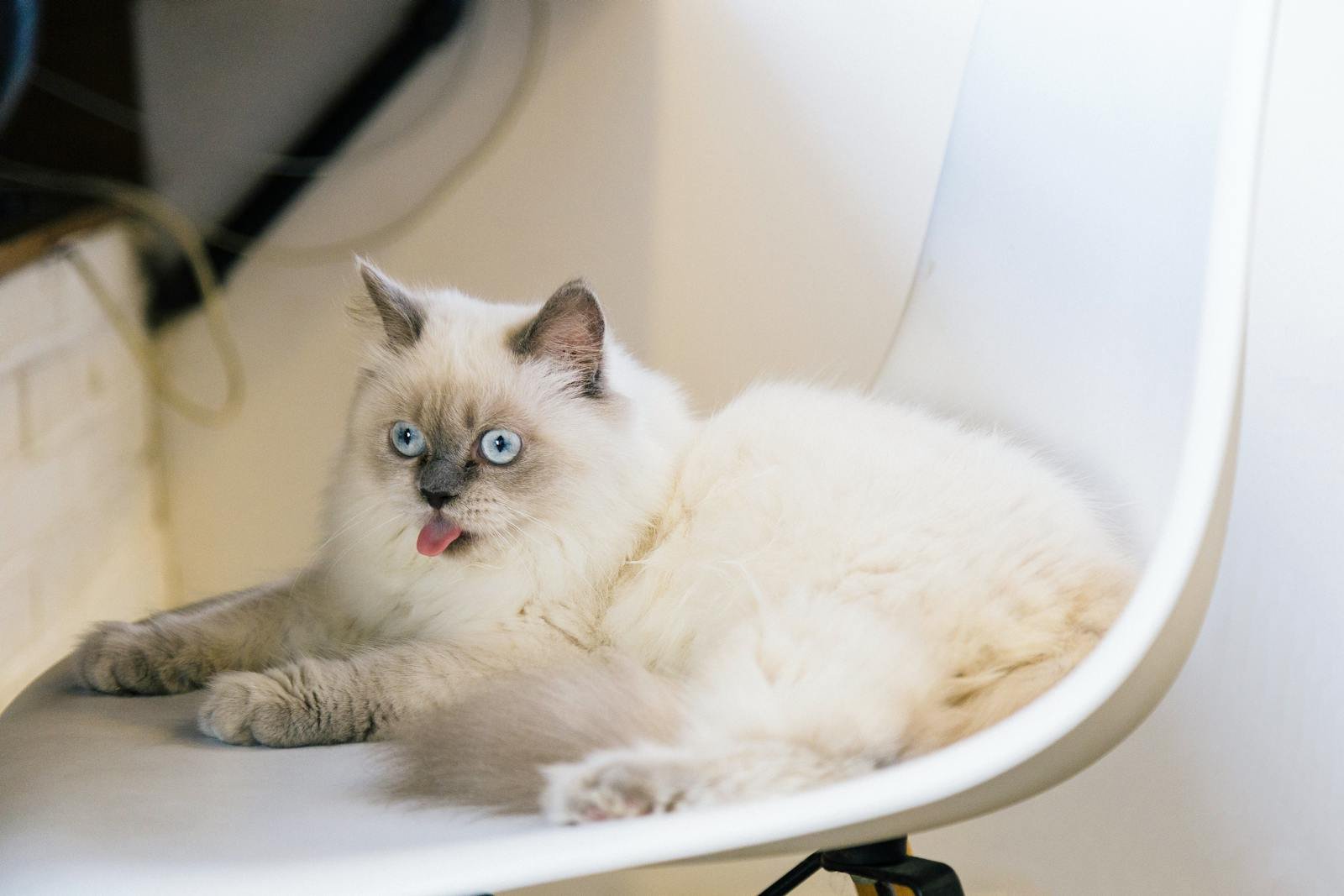
Developed in the 1960s by breeder Ann Baker, the Ragdoll cat was selectively bred for both physical and behavioral traits. They are large, with distinctive blue eyes and semi-long fur. Known for their docile temperament, Ragdolls were bred to go limp when picked up, hence their name.
Bengal: Wild Appearance, Domesticated Personality
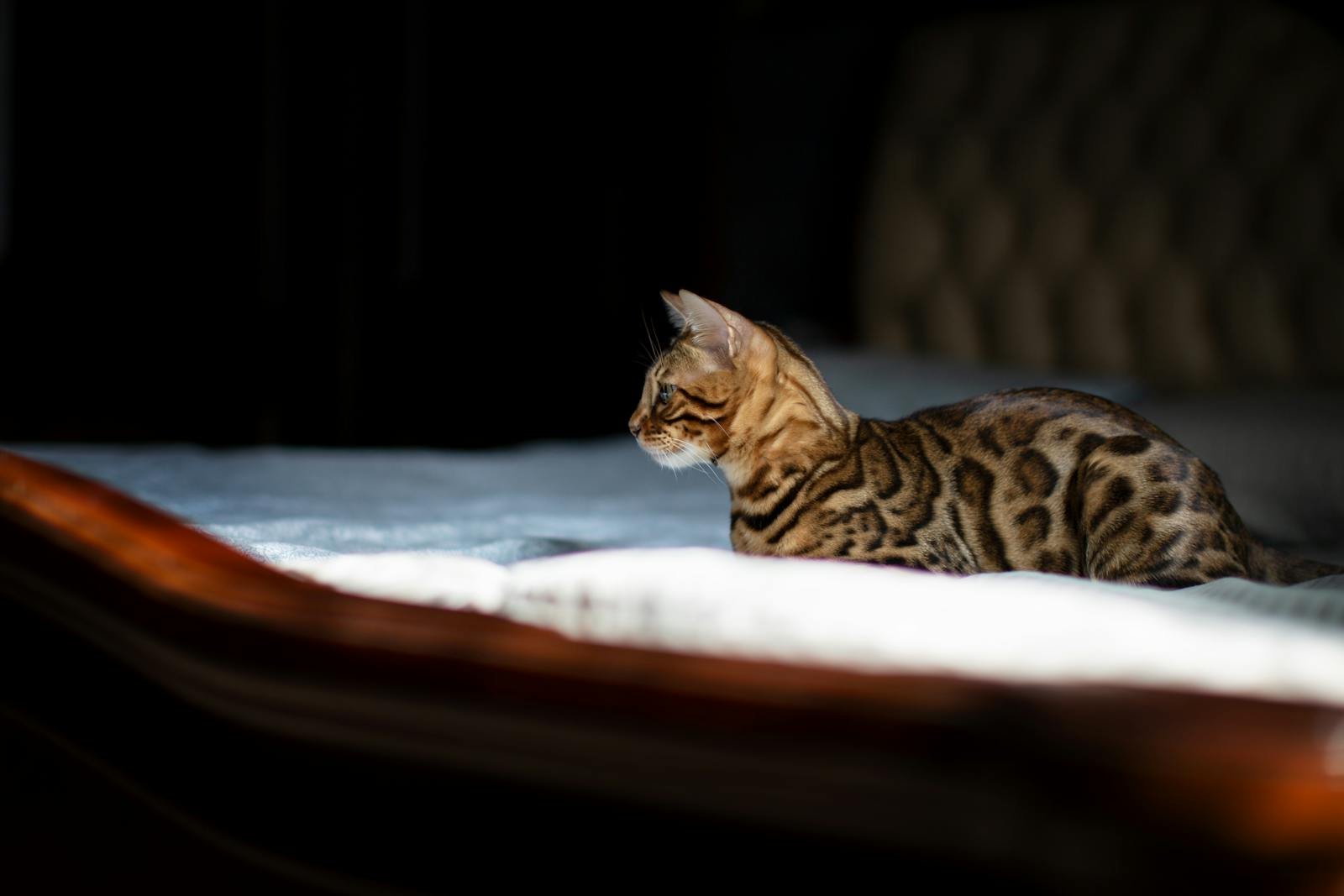
The Bengal cat is a hybrid breed, developed by crossbreeding domestic cats with the Asian leopard cat. This breeding began in the 1960s to achieve a cat with a wild appearance but a tame personality. Bengals are prized for their striking spotted coats and energetic, affectionate nature.
The Ethics of Selective Breeding

While selective breeding has led to unique and appealing cat breeds, it does raise ethical considerations. The emphasis on certain traits can lead to health issues, as seen in some brachycephalic breeds like Persians. It is essential for breeders to balance aesthetic desires with the health and well-being of the cats.
The Future of Cat Breeding
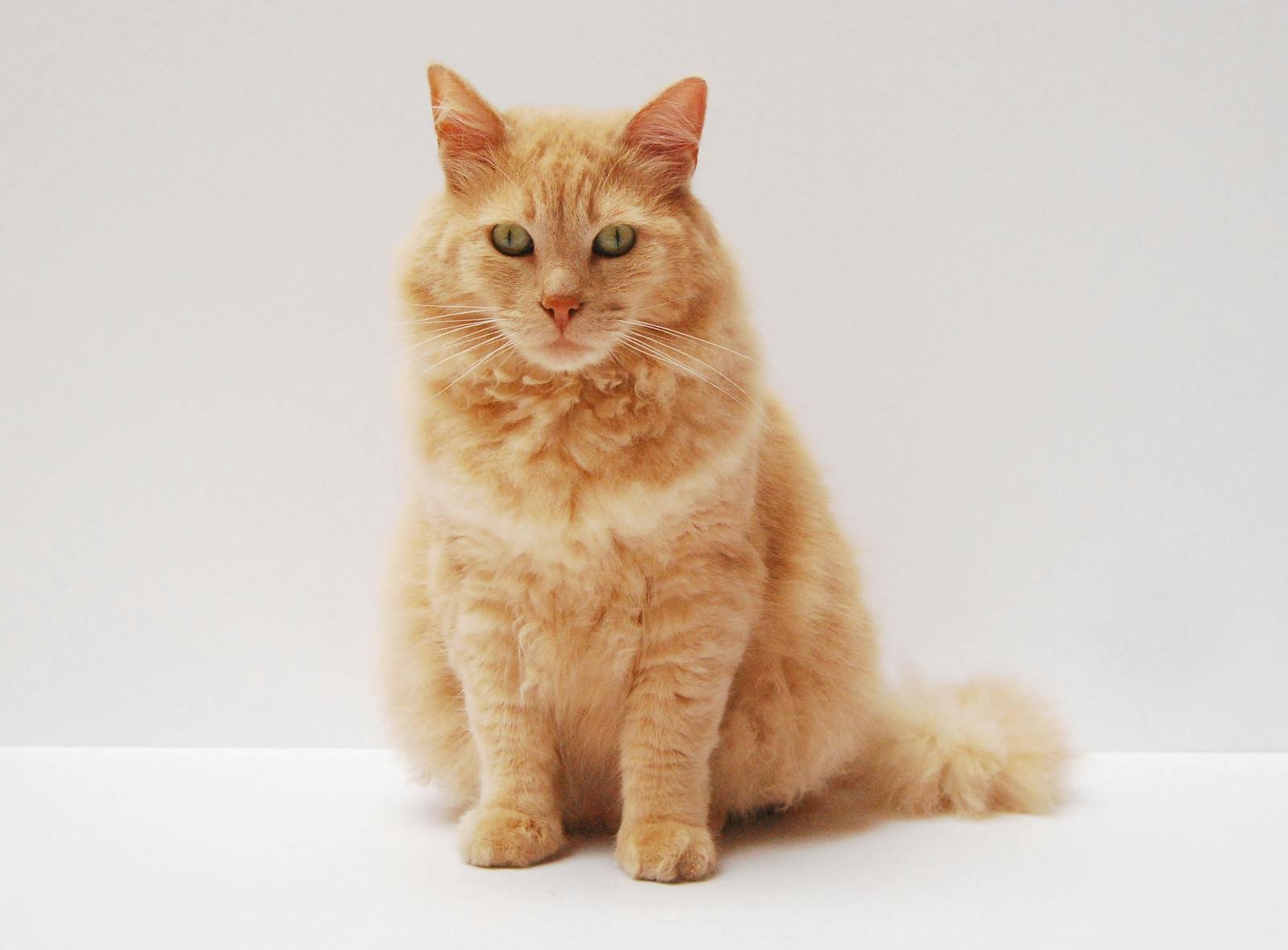
Looking to the future, advances in genetic research may allow for more informed and responsible selective breeding practices. Breeders can use genetic tests to screen for hereditary health conditions, paving the way for healthier cats. Additionally, there’s a growing emphasis on preserving natural feline traits alongside developed aesthetic preferences.
Conclusion: Embracing Diversity in Cat Breeds
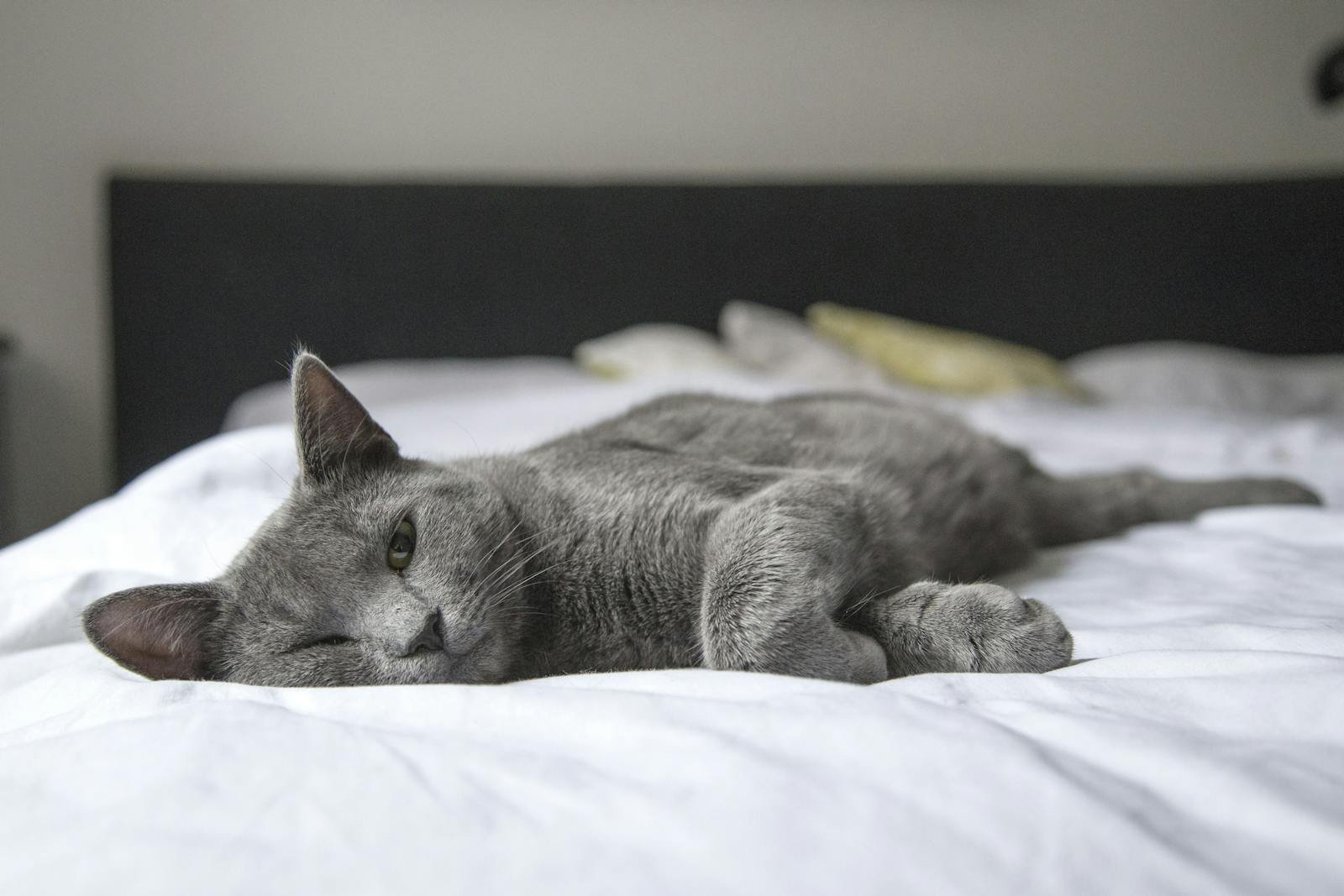
The history of cat breeds developed through selective breeding is a testament to human ingenuity and the desire to forge deeper connections with our animal companions. As we continue to cherish these diverse breeds, it remains crucial to prioritize their health and happiness in every breeding endeavor. The myriad of cat breeds available today offers something for everyone, ensuring that the bond between humans and felines will continue to thrive.
Hi, I’m Bola, a passionate writer and creative strategist with a knack for crafting compelling content that educates, inspires, and connects. Over the years, I’ve honed my skills across various writing fields, including content creation, copywriting, online course development, and video scriptwriting.
When I’m not at my desk, you’ll find me exploring new ideas, reading books, or brainstorming creative ways to solve challenges. I believe that words have the power to transform, and I’m here to help you leverage that power for success.
Thanks for stopping by, Keep coming to this website to checkout new articles form me. You’d always love it!






